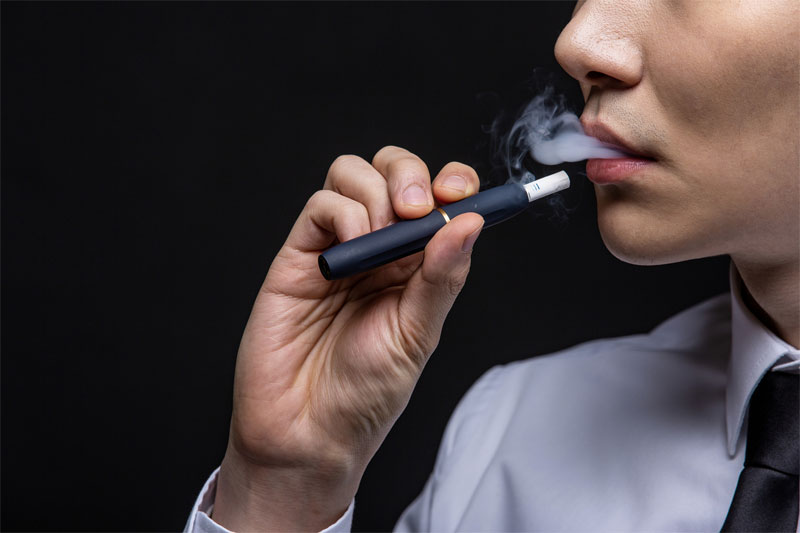When booking air travel, it’s crucial to understand the rules and regulations related to carrying various items, such as e-cigarettes, in your hand luggage. As travelers increasingly switch from traditional cigarettes to e-cigarettes, knowing if these devices are allowed on your flight can save time and prevent unexpected hassles at the airport. E-cigarettes, also known as vape pens, have grown immensely popular due to their ease of use, perceived health benefits, and varying flavors. As a result, many travelers are curious about the guidelines surrounding their transportation in air travel.
Airline and Authority Regulations
Most airlines permit you to carry e-cigarettes in your hand luggage; however, there are specific guidelines that need to be followed. Typically, e-cigarettes must be carried in the cabin and not in checked baggage due to the lithium batteries they contain, as these batteries pose a potential fire risk. The International Air Transport Association (IATA) mandates that all battery-powered electronic smoking devices must be stored in the cabin, ensuring that any safety issues can be promptly addressed. This move aligns with the broader regulations that oversee the transportation of lithium batteries for passenger safety.
Packaging and Quantity Limits
While carrying e-cigarettes, ensure they are adequately packed to avoid accidental activation during transit. Most airlines suggest keeping e-cigarettes in their original packaging or using a protective case. Additionally, each airline might have quantity restrictions on e-liquids or cartridges, generally capping at 100 ml or 3.4 ounces per container, in line with the TSA’s 3-1-1 rule for liquids in hand luggage. It’s wise to check specific airline guidelines or consult TSA regulations if you are traveling within or to the United States.
Considerations for International Travel

When flying internationally, it’s vital to be aware of the different regulations regarding e-cigarettes, which vary widely across countries. Some nations have stringent rules prohibiting the use or import of e-cigarettes entirely. Thus, before traveling, research the destination country’s stance on e-cigarettes by checking the local embassy’s website or government health advisories. Failing to comply with local laws can lead to fines, confiscation, or other legal consequences.
In-Flight Usage
Despite being able to carry e-cigarettes, using them aboard flights is universally prohibited. Smoking, even e-cigarettes, is banned on aircraft due to concerns about passenger safety and comfort. The vapor could trigger smoke detectors or compromise the air quality within the cabin. Violating this rule can result in fines or other punitive actions by the airline or aviation authority.
Frequently Asked Questions
Can I use my e-cigarette at the airport?

Most airports ban smoking, including e-cigarettes, inside terminal buildings. Designated smoking areas may be available outside or within smoking lounges in airport terminals.
Why are e-cigarettes prohibited in checked luggage?
The restriction is primarily due to the fire risks posed by lithium batteries in an unmonitored environment. If a battery overheats or malfunctions, it could lead to a fire in the cargo hold, which is harder to detect and manage.
Are there restrictions on the amount of e-liquid I can bring?
Generally, the 100 ml (3.4 ounces) rule applies to e-liquids, mirroring the TSA’s policies on liquid items in hand baggage. It’s best to carry only what you need for the duration of your trip.